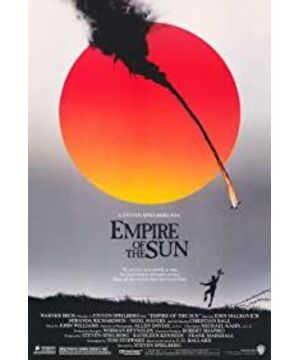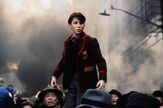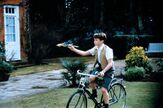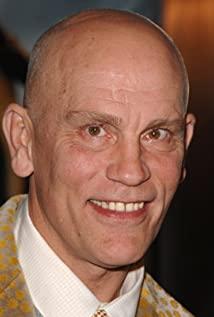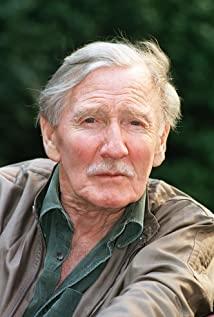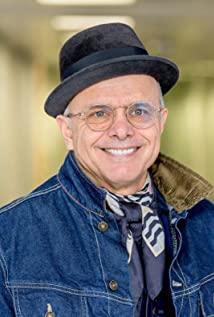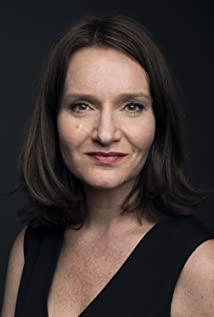There are a lot of coincidences in Jamie's life, both before and after the war, he is full of life enthusiasm to play his role (even riding a car to the progress of the Japanese army to say "I surrender" such a lovely act). When the Japanese warship sneaked into the Huangpu River at night, Jamie talked to the warship with a flashlight. The white light of the atomic bomb was rendered as the idealism of the soul ascending to heaven. In the end, Jamie rode alone in Zhabei concentration camp, as if he was alone. Abandoned in an empty house in Shanghai, rescue items fell from the sky and smashed in front of his room, and all kinds of food and foam appeared like scattered flowers. Jamie smiles happily, which is the embodiment of Spielberg's inner romanticism, heroism and optimism.
We can understand it by looking at the context of Spielberg's films before 1987:
1975 Jaw "Jaws"
1977 Close Encounters of the Thirdkind "Third Encounters"
1984 Gremlins "Alien"
1985 Back to the Future "Back to the Future" "Future"
1984 Indiana Jones and the Temple of Moon "Indiana Jones - Legend of the Devil"
We can find that most of them are full of fantasy and romantic, heroic films. Therefore, even in "Empire of the Sun", which reflects the story of the concentration camps of World War II in realism, it also shows the colors and illusions that "Schindler's List" does not have, which makes "Empire of the Sun" compared to "Schindler's List" The look and feel is more similar to Roberto Benigni's "Life is Beautiful".
Of course, in 1985, Spielberg filmed a "Purple", the Color Purple, which is a film that reflects the realism of black life. Perhaps this time was the period when Spielberg was in transition from romanticism to realism. , so this unique color is glued out in "Empire of the Sun".
View more about Empire of the Sun reviews


